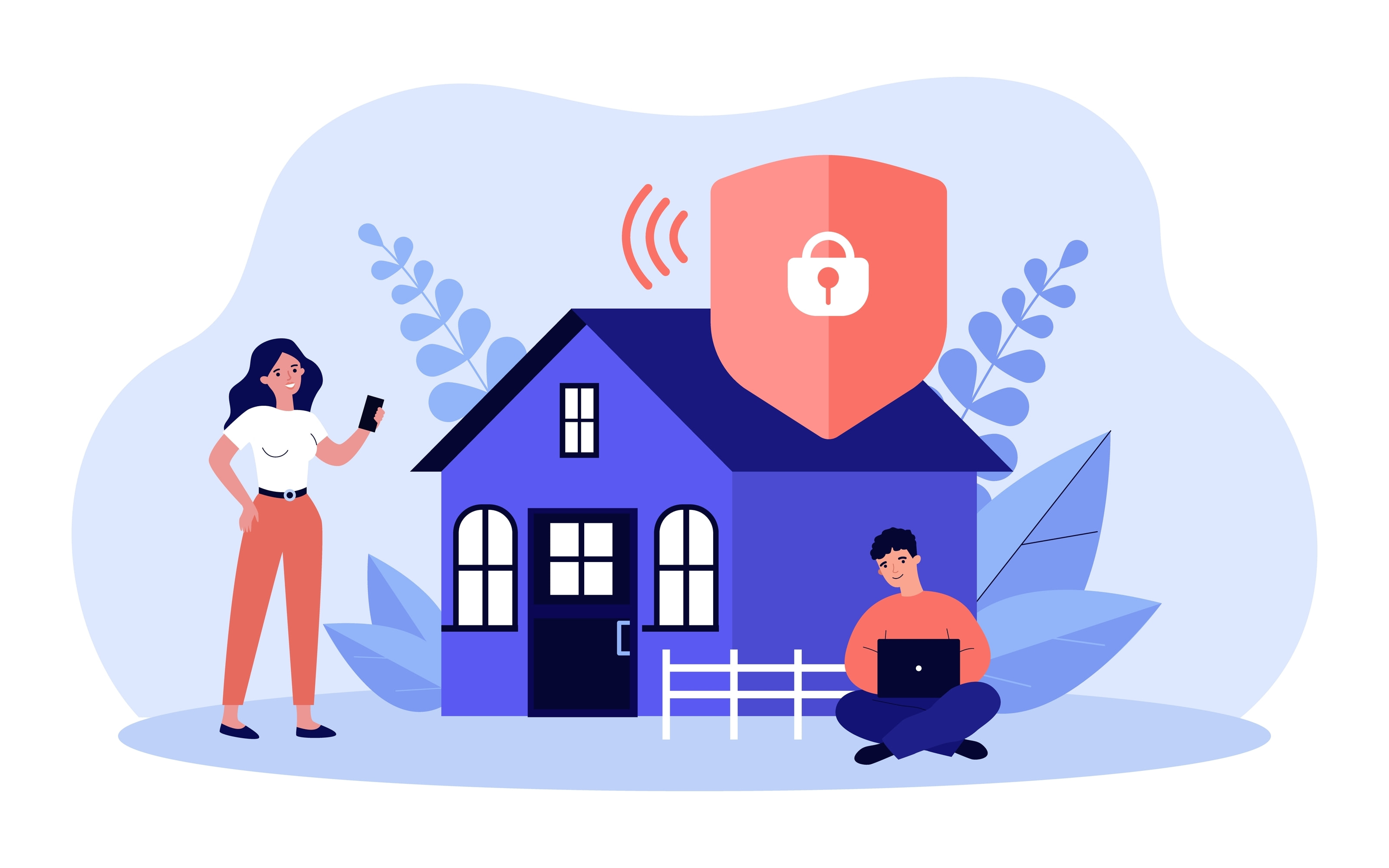
How to Block Malicious IP Addresses from Your Router
Wireless networks are everywhere, at home, in offices, in restaurants, in hotels, etc. If you are working on setting up your home network or are just curious about security issues, you may wonder how to minimize the risk of being infected by viruses or fix network vulnerabilities. In this article, we will figure out how to block malicious IP addresses for not to become a victim of malware.
What Is IP Blocking and Why It Is Necessary
IP address blocking is configuring your network to reject requests sent from specific IP addresses. This can be made for various purposes:
- Enforcing standards for online behavior. This type of blocking is common in educational institution WiFi networks to restrict students from accessing certain websites or block sources that deem distracting or inappropriate.
- Protecting networks against hackers, bot attacks, mail spam, or viruses. For both the corporate and personal sectors, IP blocking may be useful to prevent hackers' access to confidential and valuable information like credit cards, business details, accounting records, etc.
- Limiting access to confidential information. Sensitive information requires special attention and potential threat from leakage of business or personal data can be minimized by blocking malicious IP addresses.
How to Set Up Your Router to Block Malicious IPs
To manage your router settings the first needed step is to identify the manufacturer and model number of the router. If you don’t have any documentation from your device you can check the back or bottom of your router, often the model is written there. After you find these details you can move to the next step.
Then you need to determine your router’s IP address. For this, you can check the documentation that came with your router, or look for a label on the router itself. If nothing is found, try to find the router’s IP address using the command prompt on your PC. Open the command prompt and type ipconfig. Find the Default Gateway line and the number listed there is your router's IP address.
With the router details mentioned above you can follow to its administration panel. To access it, open a web browser and enter your router’s IP address. You’ll be redirected to the login page. Enter login credentials (they are usually default and mentioned in the router's documentation or on the manufacturer's website). After authorization, you will get access to the router administration panel and be able to set up your router.
After authorization into your router's administration panel, find the IP address list. Its location may differ depending on the model of your router but you can try to find a menu option like "IP Filtering", "Blocked Sites", "IP Address List," "DHCP Client List," or something similar.
After you’ve found the IP address list in the router’s administration panel, you can block malicious IP addresses. Simply add the addresses you want to avoid and block to the blocklist and don’t forget to save your changes. After the changes are made, you will not get any traffic from blocked websites and prevent accessing your network.
You are free to add IP addresses to the blocklist according to your wishes, but you can also check out already well-known blocklists to protect your network. These blocklists are maintained by various reputable organizations: Spamhaus (includes spamming and other malicious activity IP addresses), DShield (a community-based blocklist that offers potentially harmful IP addresses collected from various sources), OpenBL (a blocklist that includes IP addresses associated with spamming, malware, and other types of malicious activity).
After you set up your router to block malicious IP addresses, you can also consider using extra tools designed for online safety. We highly recommend checking out our VPN Unlimited with a built-in DNS Firewall feature where you can also add malicious sources to be blocked. You can also install antivirus solutions or password managers to keep your data encrypted and protected.
To prevent any unauthorized traffic from accessing your network it is important to update your firewall settings. Another important step in blocking malicious IP addresses is to ensure that your firewall settings are up to date. Check the current firewall settings in the router's administration panel and provide decent protection against potential threats.
Keeping your router firmware updated is crucial. Router manufacturers release regular security patches for their devices to minimize security risks and protect your network from known vulnerabilities that can be exploited by cybercriminals or third parties.
Even following all the measures and methods mentioned above it is important to monitor your network for any symptoms of unauthorized access. You can do this manually or use special monitoring software and set up alerts to take up necessary measures in time. So, any suspicious activity will not stay unnoticed.
Setting up your router and managing your IP address blocklists is important for providing enough protection to your network. No matter what scale your network is, whether it’s a giant business WiFi network or a personal home network, you have to use all available tools to protect your traffic and devices from unauthorized access. This will help you to minimize the risk of losing sensitive data and facing disastrous consequences of hackers and malware attacks.
In most cases, IP blocking is about security. They say it’s easier to prevent rather than to cure. So, it’s easier to follow these steps to prevent potential attacks from malicious IP addresses than to solve disastrous consequences.
Set Up Your Router to Minimize the Risk of Losing Sensitive Data
No matter what scale your network is, use all available tools to protect your traffic and devices from unauthorized access!